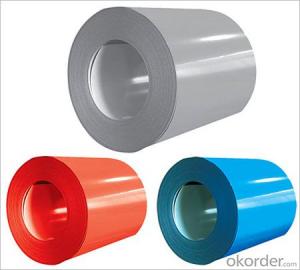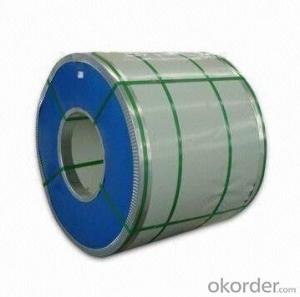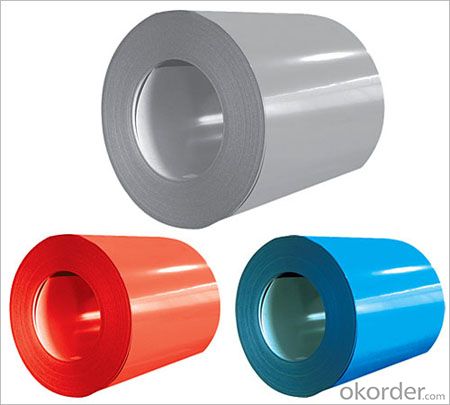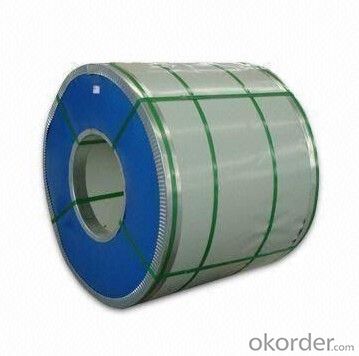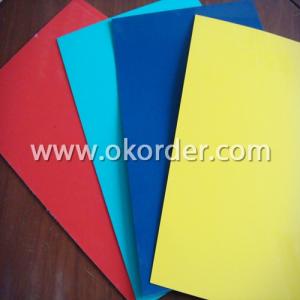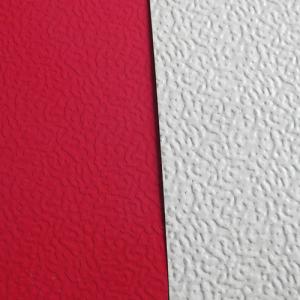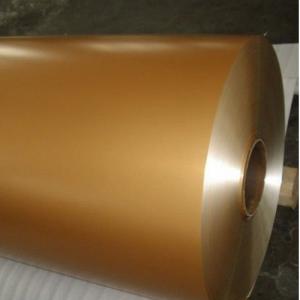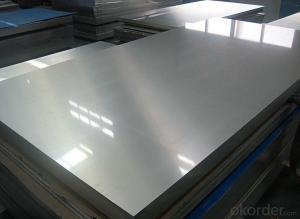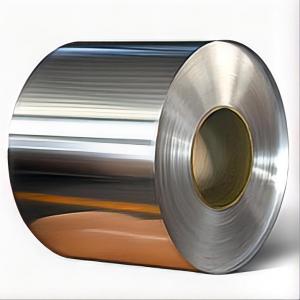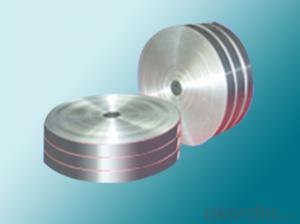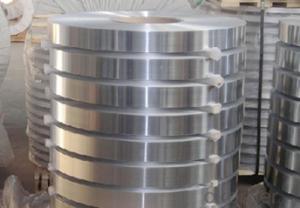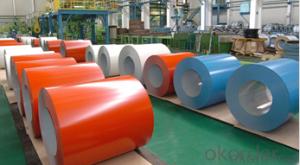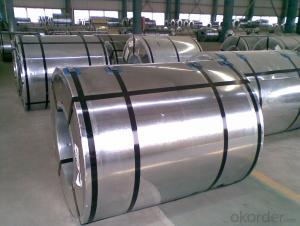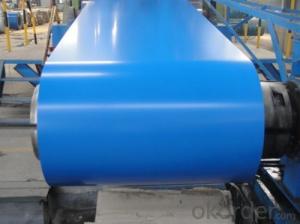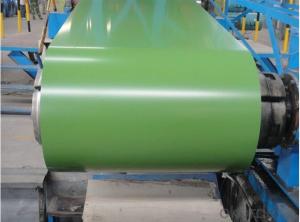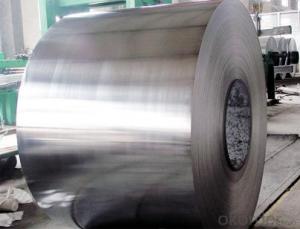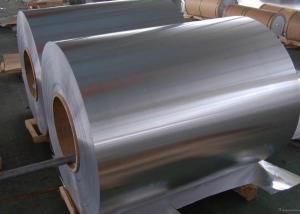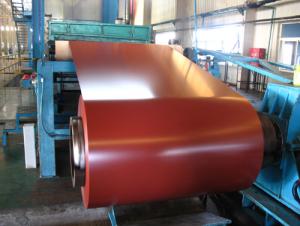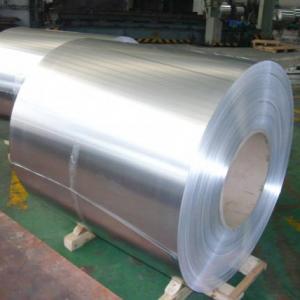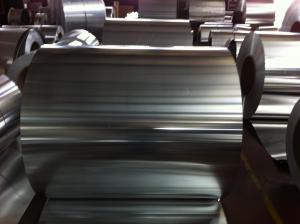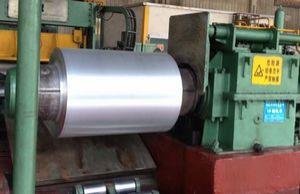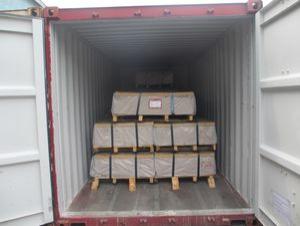Wholesale Ral Colored Prepainted Aluminum Coil Plate from China
- Loading Port:
- Qingdao
- Payment Terms:
- TT or LC
- Min Order Qty:
- 10 m.t.
- Supply Capability:
- 1000 m.t./month
OKorder Service Pledge
OKorder Financial Service
You Might Also Like
RAL Colored PPGL Steel Coil Plate from China
Main Features of RAL Colored PPGL Steel Coil Plate
Thickness: Customized, 0.12-2.0MM
Model Number: Q235/Q195/JISG/SPCD
Type: Steel Coil, Steel coil
Technique: Cold Rolled
Surface Treatment: Galvanized
Application: Boiler Plate
Special Use: High-strength Steel Plate
Width: Customized, 600-1250mm
Length: Customized
Grade: SGCC, SPCC, DC51D, SGHC,A653
Surface treatment: Galvanized
Zinc coating: 60-275g/sqm
HRB: 65-95
Coil weight: 3-10/MT
Tolerance: thickness+/-0.01mm
Characteristic RAL Colored PPGL Steel Coil Plate:
Standard:JIS G3302 / JIS G3312 / ASTM A653M / A924M 1998/GBT127542006,GB/T97611988,GB/T97541988, GB/T67391996, HG/T3830-2006, HG/T3830-2006, GB/T1732-93, GB/T9286-1998, GB/T1771-1991, GB/T14522-93
Raw material:SGCC,SPCC,DC51D,SGHC,A653,201,202,321,301,302,304,304L,316,316L,310,310S,409,410,430,439,443,445,441 and so on
FQA:
Guaranteed:If quality doesn’t match the description we give or promise before you place your order, we promise 100% refund.
Pictures for RAL Colored PPGL Steel Coil Plate:
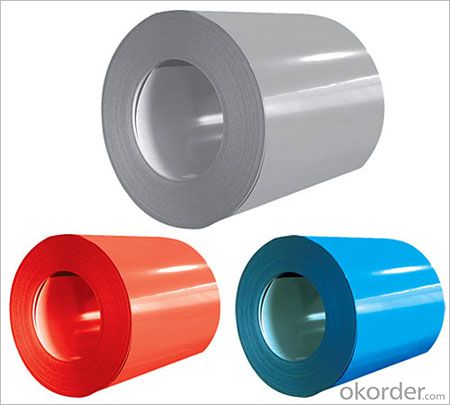
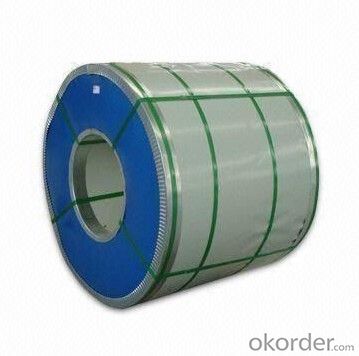
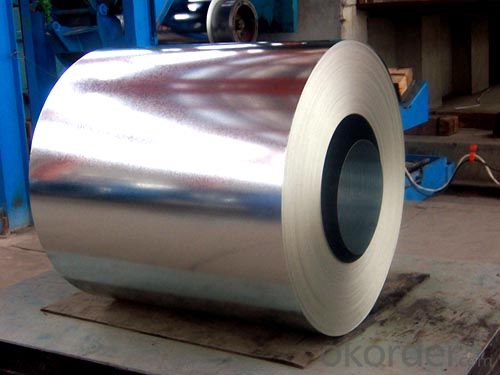
- Q: What is the role of aluminum coils in the construction of sports stadiums?
- Aluminum coils are commonly used in the construction of sports stadiums for their durability, lightweight nature, and excellent thermal conductivity. These coils are typically utilized in the fabrication of roofing systems, façades, and ventilation systems. They provide structural support, weather resistance, and efficient heat transfer, ensuring the longevity and comfort of the stadium. Additionally, aluminum coils offer design flexibility, allowing architects to create visually appealing and modern stadium structures.
- Q: This question asks for a method to compact an aluminum coil by folding it.
- <p>To fold an aluminum coil for compactness, first ensure the coil is free of sharp edges or damage. Use gloves for safety. Start by laying the coil flat. Measure and mark the desired folded length. Begin folding the coil by bringing one end towards the center, aligning the edges neatly. Continue folding back and forth, ensuring each fold is tight and even. Use a rubber mallet or similar tool to secure the folds, if necessary. For larger coils, consider using a mechanical folder or press to apply even pressure. Always work in a well-ventilated area and follow safety guidelines to prevent injury.</p>
- Q: Can aluminum coils be used in the production of signage?
- Yes, aluminum coils can be used in the production of signage. Aluminum is a popular material choice for signage due to its durability, lightweight nature, and resistance to corrosion. The coils can be easily shaped and formed into various sign types, including flat panels, channel letters, and more. Additionally, aluminum can be coated or painted to achieve different colors and finishes, making it a versatile option for signage production.
- Q: What are the different packaging options available for aluminum coils?
- The different packaging options available for aluminum coils include wooden crates, cardboard boxes, steel frames, and plastic wrapping.
- Q: What are the different elongation values of aluminum coils?
- The elongation values of aluminum coils can vary depending on the specific alloy and temper of the aluminum. Generally, aluminum coils have excellent elongation properties, which means they can be stretched or deformed without breaking. For example, the commonly used alloy 3003-H14 has an elongation value of around 20-30%. This means that the aluminum coil can stretch up to 20-30% of its original length before it breaks. On the other hand, high-strength alloys like 7075-T6 have lower elongation values of around 9-13%. These alloys are designed for applications where strength is crucial, but they sacrifice some elongation properties. It's important to note that elongation values can also be influenced by the processing and treatment of the aluminum coils. For instance, annealing or heat treatment can improve the elongation properties of certain alloys. In summary, the elongation values of aluminum coils can range from 9% to 30%, depending on the alloy, temper, and processing methods used.
- Q: What is the modulus of elasticity of aluminum coils?
- The modulus of elasticity of aluminum coils is typically around 70 GPa (Gigapascals).
- Q: Are aluminum coils suitable for fire-resistant applications?
- No, aluminum coils are not suitable for fire-resistant applications as aluminum has a low melting point and can easily catch fire or melt in high-temperature environments.
- Q: Can aluminum coils be used for heat exchangers?
- Yes, aluminum coils can be used for heat exchangers. Aluminum has excellent heat transfer properties, is lightweight, and corrosion-resistant, making it a popular choice for heat exchangers in various applications, including HVAC systems, automotive, and refrigeration.
- Q: Can aluminum coils be used for solar panel installations?
- Yes, aluminum coils can be used for solar panel installations. Aluminum is a commonly used material in the solar industry due to its lightweight, durability, and corrosion resistance. Aluminum coils can be used as framing materials for mounting solar panels, providing a sturdy and long-lasting support structure. They also offer excellent heat dissipation properties, which is important for efficient solar panel performance. Additionally, aluminum coils are easy to work with, making the installation process more convenient. Overall, using aluminum coils for solar panel installations is a popular and effective choice.
- Q: I am concerned about the environment so I collect empty aluminum cans off the street when I walk my dog. Right now I have 3 large garbage bags full of crushed aluminum can. The problem is... some of the cans have dirt on and in them. Some of thoroughly flattened ones may even have small pebbles embedded in them. Will these be accepted at the recycling facility? I'm guessing it doesn't matter because when they melt them any organic materials will burn away and any dirt particles or small pebbles will be separated from the molten aluminum. What do you think?
- No problem with dirt and dust.
Send your message to us
Wholesale Ral Colored Prepainted Aluminum Coil Plate from China
- Loading Port:
- Qingdao
- Payment Terms:
- TT or LC
- Min Order Qty:
- 10 m.t.
- Supply Capability:
- 1000 m.t./month
OKorder Service Pledge
OKorder Financial Service
Similar products
Hot products
Hot Searches
Related keywords
